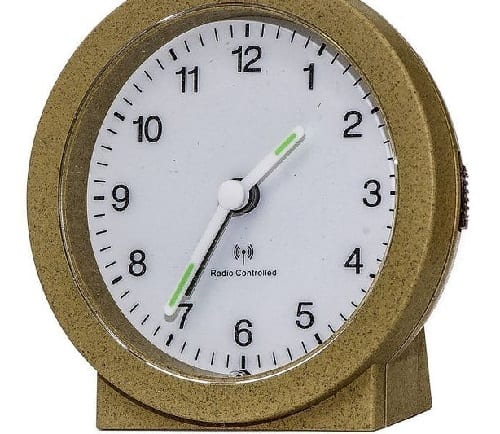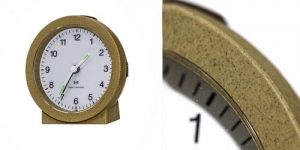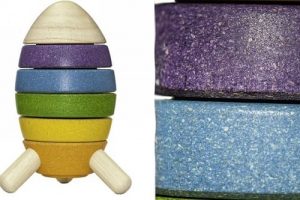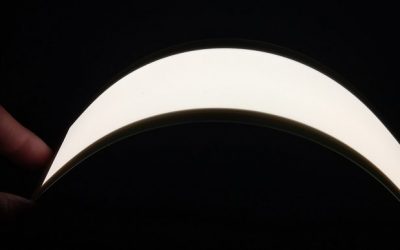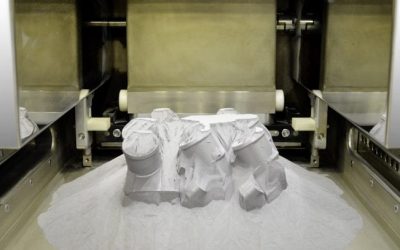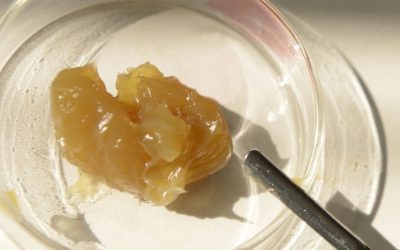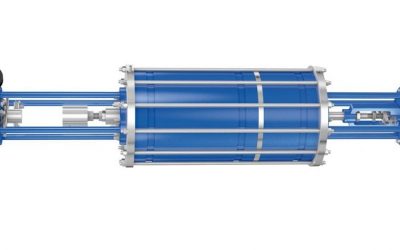For many years research institutes and industrial labs have been developing Wood-Plastic Composites (WPC) and Natural Fibre Composites (NFC), and have used these materials in small series of consumer goods. But it seems that the time has come to implement these materials in large-scale production.
The end products have a more refined look than pure plastic products, they stand out, look more natural, have a nice feel and need less plastic due to the wood and natural fibres – which reduces the environmental footprint. The mechanical properties are also nothing to sneeze at. But the most important part: the products appeal to consumers.
In November, Tchibo (DE) carried a WPC bedside table clock, two weeks later a series of toys from plantoys with wood particles from old rubber trees as filler. The surfaces of the toys have a pleasant rubber-like feel, quite different from traditional plastics. Bamboo fibres are also more and more frequently found in consumer goods. The drugstore chain dm (DE) has been selling a comb made of WPC for about three years and recently added a second model.
According to the Nova Institute the most commonly used plastics are PP, PE and PVC, but bio-based materials such as bio PE and PLA are also used. Wood fibres are used in many variations, the main contenders in natural fibres are bamboo, flax and hemp. Many producers, global players and small and medium sized companies alike, have been in business for the past few years. Only this newly developed professional infrastructure allows the consumer good manufacturers to use the new materials without technical risk. The higher-quality look more than compensates for slightly higher granulate prices.
The worldwide biggest expert conference “Sixth WPC & NFC Conference, Cologne” from December 16 to 17 is all about the latest developments and applications of these composite materials. Leading companies present their WPC and NFC granulates as well as their applications in consumer goods and automotive industries.

